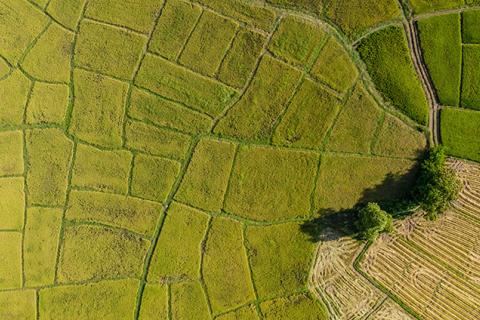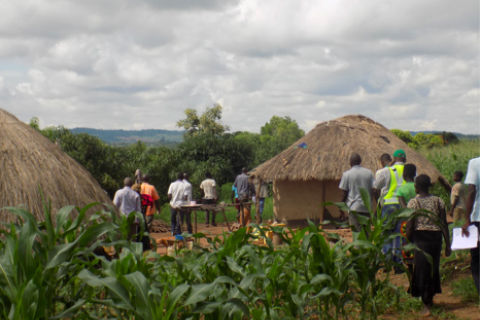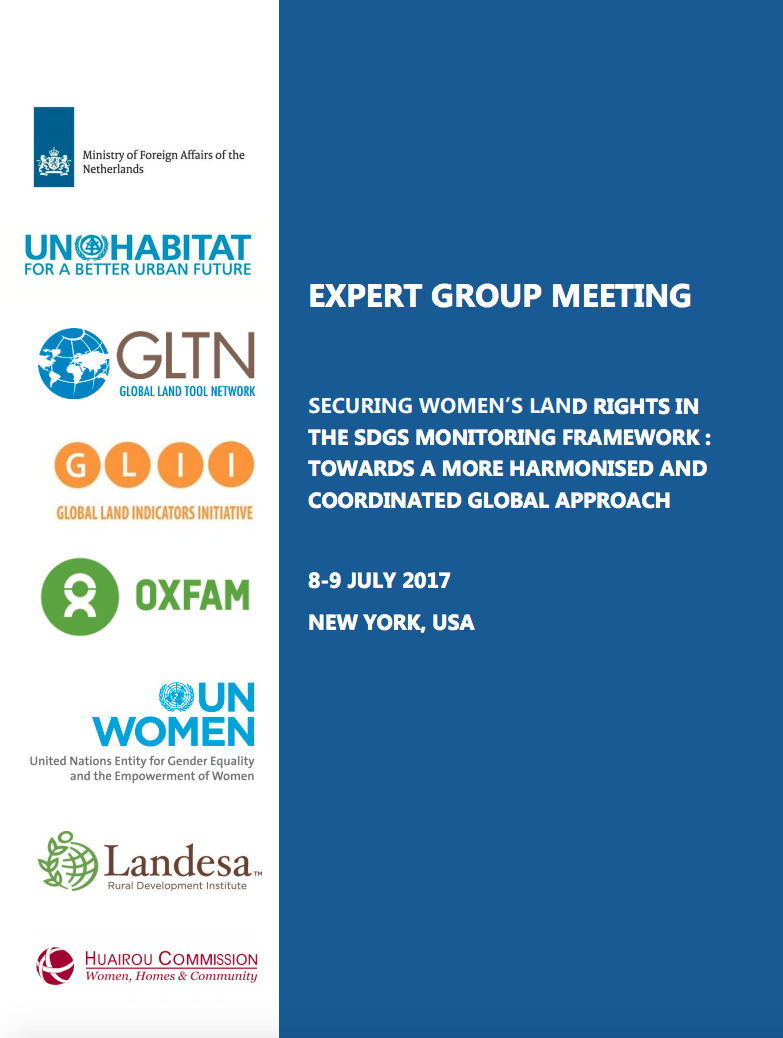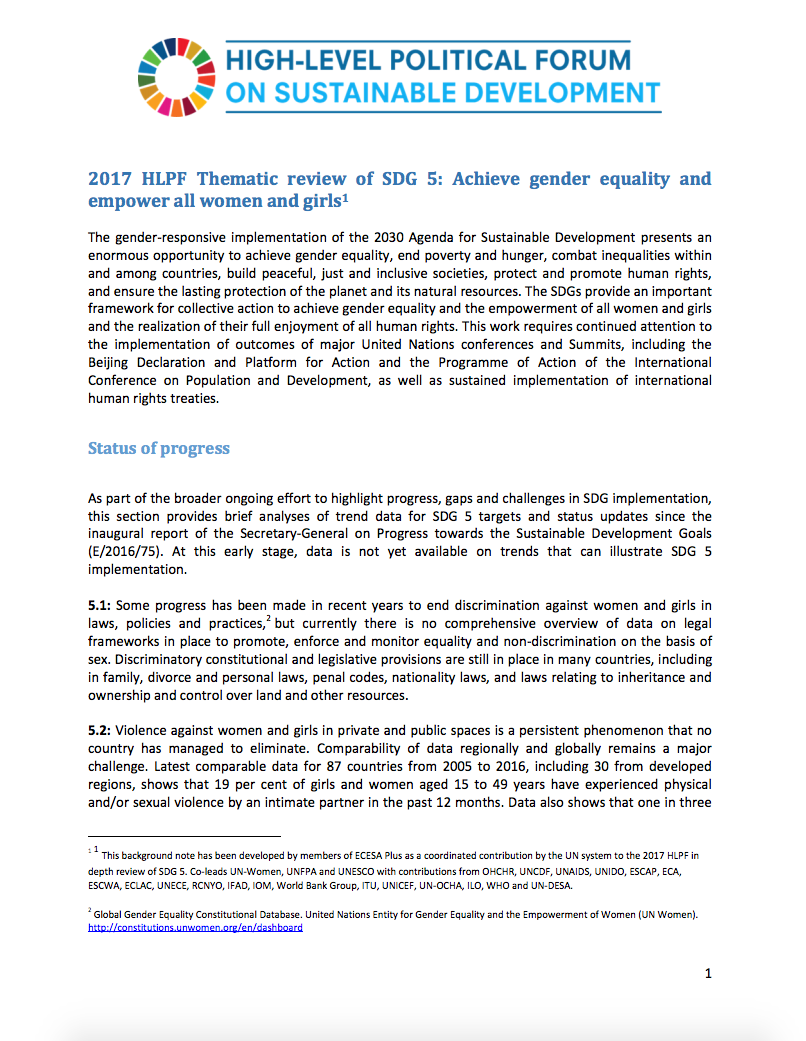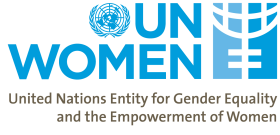
Proportion of countries where the legal framework (including customary law) guarantees women’s equal rights to land ownership and/or control
Last updated on 1 February 2022
This indicator is currently classified as Tier II. The Food and Agriculture Organization of the United Nations (FAO) is the main Custodian agency. UN Women and the World Bank are partner agencies.
Unit of measure: Articles present in primary and/or secondary legislation.
Why is this indicator important?
According to UN Women, "deep legal and legislative changes are needed to ensure women's rights. Stark gender disparities remain in economic and political realms." Discriminatory laws need to be reformed if women and girls are to be empowered with secure, equal rights to land. It will help women and girls achieve power and potential, secure food for their families, generate income, and sustain other livelihood needs. This includes both statutory and customary law. Together with 5.a.1, this indicator encourages countries to review and, where necessary, to strengthen existing policy and legal measures aimed at securing equal rights to land for women and men.
How is the indicator measured and monitored?
SDG indicator 5.a.2 measures the extent to which a country’s legal framework supports women’s ownership and/ or control over land including inheritance rights for women and girls. Progress towards the SDG target will be determined by the extent to which countries have incorporated internationally recognized standards, particularly from the Voluntary Guidelines on Responsible Governance of Tenure (VGGT) and the International Convention on the Elimination of Discrimination against Women (CEDAW), into their legal frameworks. Existing statutory laws are assessed against the six following proxies:
Proxy A: Joint registration of land compulsory or encouraged through economic incentives
Proxy B: Compulsory spousal consent for land transactions
Proxy C: Women’s and girls’ equal inheritance rights
Proxy D: Allocation of financial resources to increase women’s ownership and control over land
Proxy E: In legal systems that recognise customary land tenure, existence of explicit protection of the land rights of women
Proxy F: Mandatory quotas for women’s participation in land management and administration institutions
According to the metadata document, the legal and policy framework encompasses the Constitution, primary and secondary legislation as well as existing policies. Control over land is defined as the ability to make decisions over land, its usage and benefits. In addition to legally acquired land, land ownership in systems where land is owned by the state refers to long-term leases, tenancy, or use rights, to name but a few. The indicator also considers customary legal systems that have been recognised by the state and regulated in national law. It also takes into account the rights of partners in consensual unions when the legal framework recognises such unions.
Data sources include publicly available legal instruments on land (including land registration), family, marriage, inheritance, and gender equality. Only the proxies found in the legally binding primary and secondary legislations are considered in the reporting, but the methodology encourages countries to also review bills, and policies to monitor progress against the 6 proxies. Once the legal assessment is completed, the officially designated national institution(s) responsible for SDG indicators submits a reporting questionnaire to FAO for a quality check, to ensure that the assessment was carried out in accordance with the reporting methodology. Once the process is completed, the national institution officially submits its report to FAO. In 2019 and 2020, 36 countries have reported on this indicator.
As this is one of the few legal indicators in Agenda 2030, one of the key challenges in the reporting lies with the identification of national institutions responsible for SDG indicator 5.a.2. Owing to the nature of this indicator, FAO recommends the nomination of high-level focal points within institutions with a mandate on land, agriculture, justice or gender equality. The responsible institution(s) for SDG indicator 5.a.2 should then nominate a legal expert to carry out the assessment in accordance with the reporting methodology. Another methodological challenge concerns the assessment and computation of heterogenous customary tenure systems.
By Anne Hennings, peer-reviewed by Naomi Kenney, FAO; Martha Osorio, FAO; Everlyne Nairesiae, GLII Coordinator at the Global Land Indicators Initiative (GLII) at GLTN, Un-Habitat and Clinton Omusula, Land Data and Knowledge Management Specialist at the Global Land Indicators Initiative (GLII) at GLTN, UN-Habitat.
Official indicator data
The indicator “measures” the level to which a country’s legal framework supports women’s land rights, by testing it against six proxies drawn from international law and internationally accepted good practices. Currently, data is only available for proxy E: In legal systems that recognise customary land tenure, existence of explicit protection of the land rights of women. It is given on a scale from 1 to 6, where: 1 - there is no evidence of guarantees of gender equality in land ownership and/or control in the legal 6 - highest levels of guarantees of gender equality in land ownership and/or control in the legal framework * Select "year" below to see the most recent data for more countries.
Other related indicators on Land Portal
In addition to the official indicator data, the following indicators provide information concerning women’s tenure security, land rights, and access to land.
Eight Breakthroughs for Land Rights in 2020
2020 was a tough year on many fronts, and land rights were no exception. COVID-19 hindered land rights advocates from doing field research, meeting with government officials, prioritizing policy initiatives, and obtaining funding.
Despite these headwinds, we have seen important advances, and the field continues to grow. Here are eight breakthroughs in 2020 to celebrate:
#1: New laws and policies
Empowering Women for Open Data Mapping in Agriculture: Implications for Land Rights and the SDGs in Africa
This blog recapitulates the interventions made by the panelists of a recently held GODAN Action webinar on “Empowering Women for Open Data Mapping in Agriculture: Implications for Land Rights and the SDGs in Africa”, Victor Sunday, Dr. Toyin Ojo, Nathalie Sidibe and Uchechi Shirley Anaduaka.
COVID-19 and the SDGs: moving forward after the crisis
Many governments, businesses and local communities have made commitments towards the Sustainable Development Goals (SDGs) but COVID-19 may set some of these commitments back.
COVID-19 is raging everywhere, resulting in much of the world in self-isolation and the closing of borders worldwide. With comparisons to the 1918 H1N1 influenza pandemic, we are experiencing a literal one-in-100-year event.
An Impressive Combination- Advocacy and Inclusive Education
Over the past year, during my work in western Uganda, I have had the opportunity to get to know Paolyel Onencan. Paolyel is the Executive Director of Buliisa Initiative for Rural Development Organisation (BIRUDO). Paolyel and his BIRUDO colleagues are doing good work around Uganda’s oil and gas development in the Albertine Graben, by helping families get better deals on compensation from the oil companies (Total and China National Offshore Oil Company) working in the region.
Paginação
Expert Group Meeting: Securing Women's Land Rights In The SDGs Monitoring Framework
This Expert Group Meeting (EGM1 ) was convened with the purpose of examining land indicators in the Sustainable Development Goals (SDGs) and promoting meaningful and harmonised approaches to monitoring women’s land rights (WLR)2 .
2017 High Level Political Forum Thematic review of SDG 5: Achieve gender equality and empower all women and girls
The gender-responsive implementation of the 2030 Agenda for Sustainable Development presents an enormous opportunity to achieve gender equality, end poverty and hunger, combat inequalities within and among countries, build peaceful, just and inclusive societies, protect and promote human rights, and ensure the lasting protection of the planet and its natural resources.
Women’s land rights as a pathway to poverty reduction
Land is an important asset for rural households, and having secure land rights is important for poverty reduction. Despite the large body of literature on the relationship between land tenure security, livelihoods, and poverty, most of this literature is based on household-level data and does not consider possible intrahousehold inequalities in land ownership.
India: Land Governance Country Narrative (Full Report)
Land is an important source of identity and a precious asset with significant emotional connection in India. It is also the main source of rural and feudal power structure for most of India’s history. Land is a symbol of social status, cultural identity and an expression of political power.
Key Messages and Recommendations for the Expert Group Meeting on Women's Land Rights
We are a diverse group, women and men, from all regions of the world who came together in this EGM convened by Global Land Indicators Initiative, UN Habitat, Oxfam, Landesa, Huairou Commission and UN Women.
Paginação
![]()
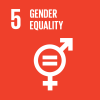
Undertake reforms to give women equal rights to economic resources, as well as access to ownership and control over land and other forms of property, financial services, inheritance and natural resources, in accordance with national laws
Indicator details
The indicator is conceptually clear, has an internationally established methodology and standards are available, but data is not regularly produced by countries.
Key dates:

